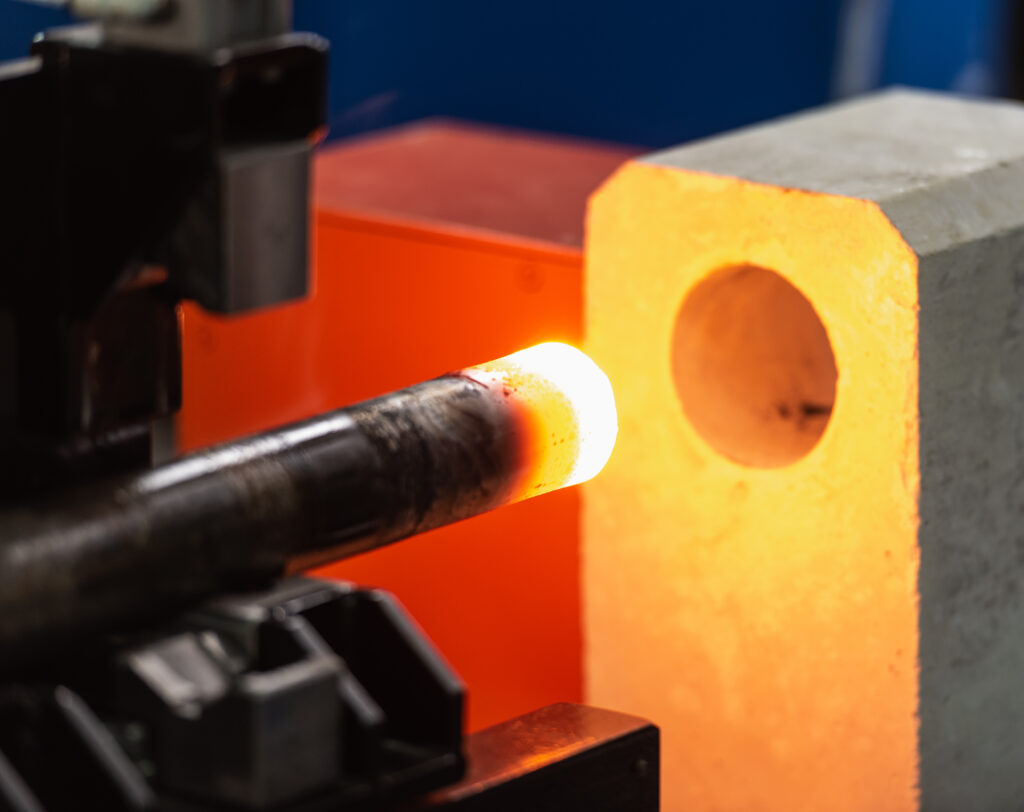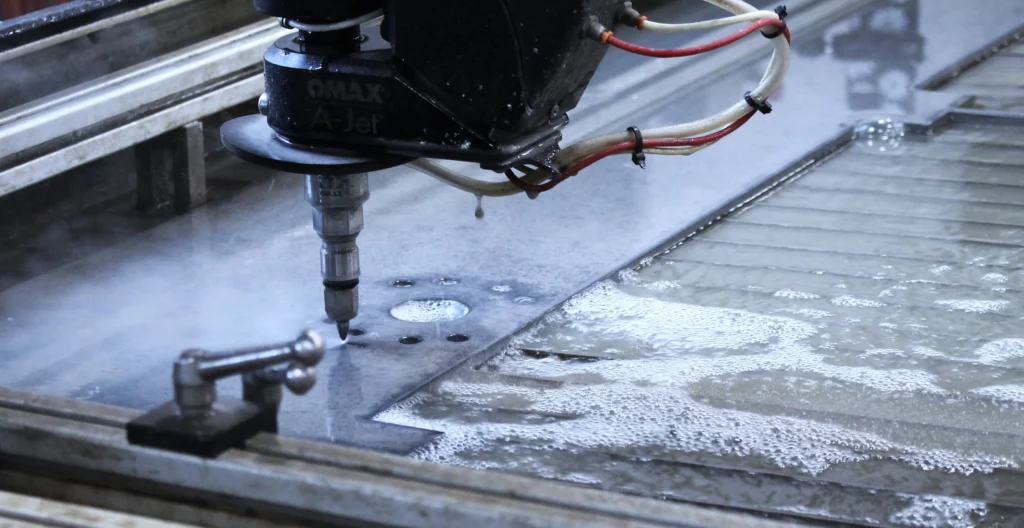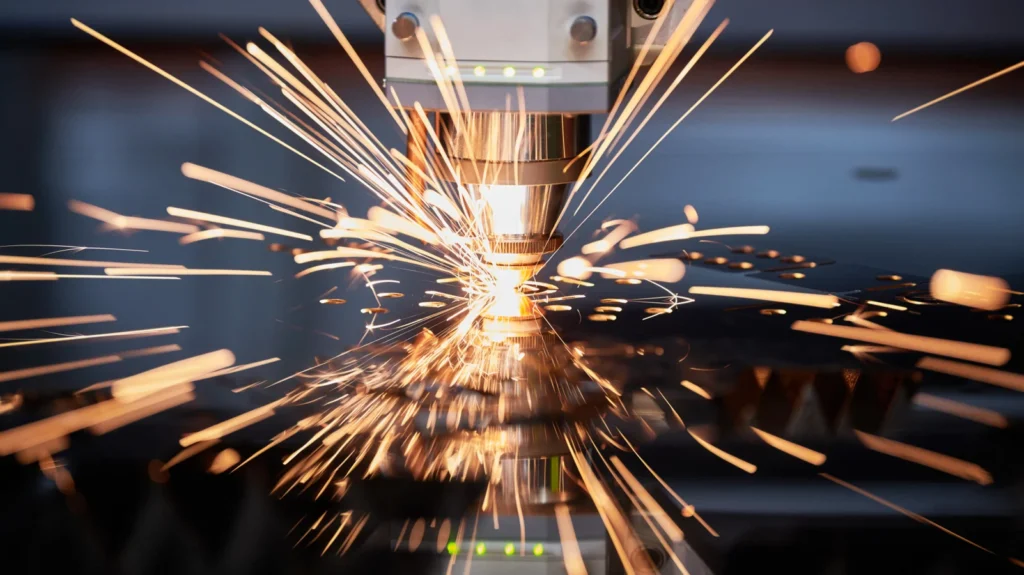Regular (Type II) anodizing. Widely used worldwide method of aluminum anodizing, applied in various industries – from medicine and aerospace to the military industry.
Moderate thickness layers are obtained – ranging from 2 μm to 25 μm.
Anodized pieces can be dyed black or left uncolored (natural).
Hard anodizing – type III. It is used to obtain anodized aluminum layers thicker than 25 μm. Thicker anodized layers require different process control parameters as well. This type of anodization requires the electrolyte temperature to be close to the freezing point of water, while the voltage and current values are significantly higher than those in regular anodization, making it more expensive than ordinary anodizing. A thicker anodized layer contributes to increased wear resistance, improved corrosion resistance, as well as better dielectric and thermal insulation properties. Due to the relatively dark color of the anodized layer, hard anodized aluminum parts are typically left uncolored or dyed black.





